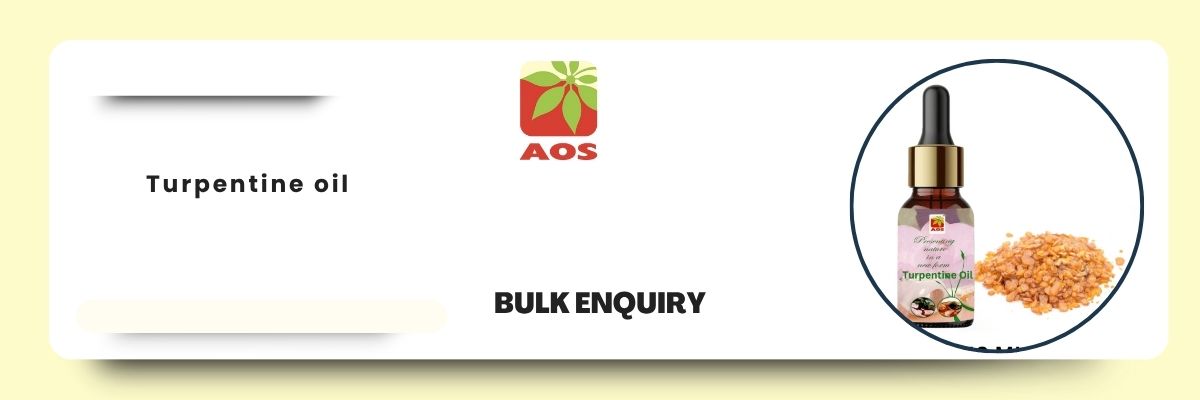

When you hear the word turpentine oil, you might think of paint thinner or a strong-smelling solvent. While it is true that turpentine has industrial applications, this natural oil has a much richer story—rooted deeply in nature and history. Let’s explore what turpentine oil is, where it comes from, how it’s extracted, and why it has been valued for centuries.
Turpentine oil is a volatile essential oil derived primarily from the resin of pine trees, especially species like Pinus sylvestris (Scots pine), Pinus pinaster (Maritime pine), and other conifers. It’s a clear, colorless to pale yellow liquid with a strong, piney aroma. This oil contains a mix of terpenes, particularly alpha-pinene and beta-pinene, which give turpentine its characteristic scent and many of its properties.
The use of turpentine dates back thousands of years. Indigenous peoples across the globe, from Native American tribes to Mediterranean civilizations, harvested pine resin and used it for various purposes. Historically, turpentine played a significant role in traditional medicine, craftsmanship, and even religious ceremonies. Ancient Egyptians used pine resin for embalming, while in Europe, turpentine became a staple for treating wounds and respiratory issues.
How Is Turpentine Oil Extracted?
The process of extracting turpentine oil begins with tapping the pine trees to collect their resin. This is done by making incisions in the bark, allowing the sticky resin—sometimes called “gum”—to ooze out. Once collected, the resin undergoes steam distillation, where steam is passed through the resin to vaporize the essential oils. This vapor is then cooled and condensed into liquid form, separating the turpentine oil from a solid residue called rosin.
Turpentine oil has served many roles throughout history:
Modern-Day Perspectives
Today, turpentine oil still holds a place in natural medicine and industrial applications. However, due to its potency and potential toxicity, modern users must approach it with care and awareness. It’s often found in alternative therapies, cleaning products, and occasionally in aromatherapy, but always with clear safety guidelines.
Final Thoughts
Turpentine oil is more than just a chemical solvent—it’s a natural substance with deep roots in human history, culture, and medicine. Extracted from the majestic pine trees, it has been treasured for millennia for its unique properties and versatility. Understanding its origins and traditional uses allows us to appreciate turpentine oil beyond its industrial image, reminding us of the rich natural heritage contained within this potent pine resin.
For Bulk Enquiry Nutmeg Oil
